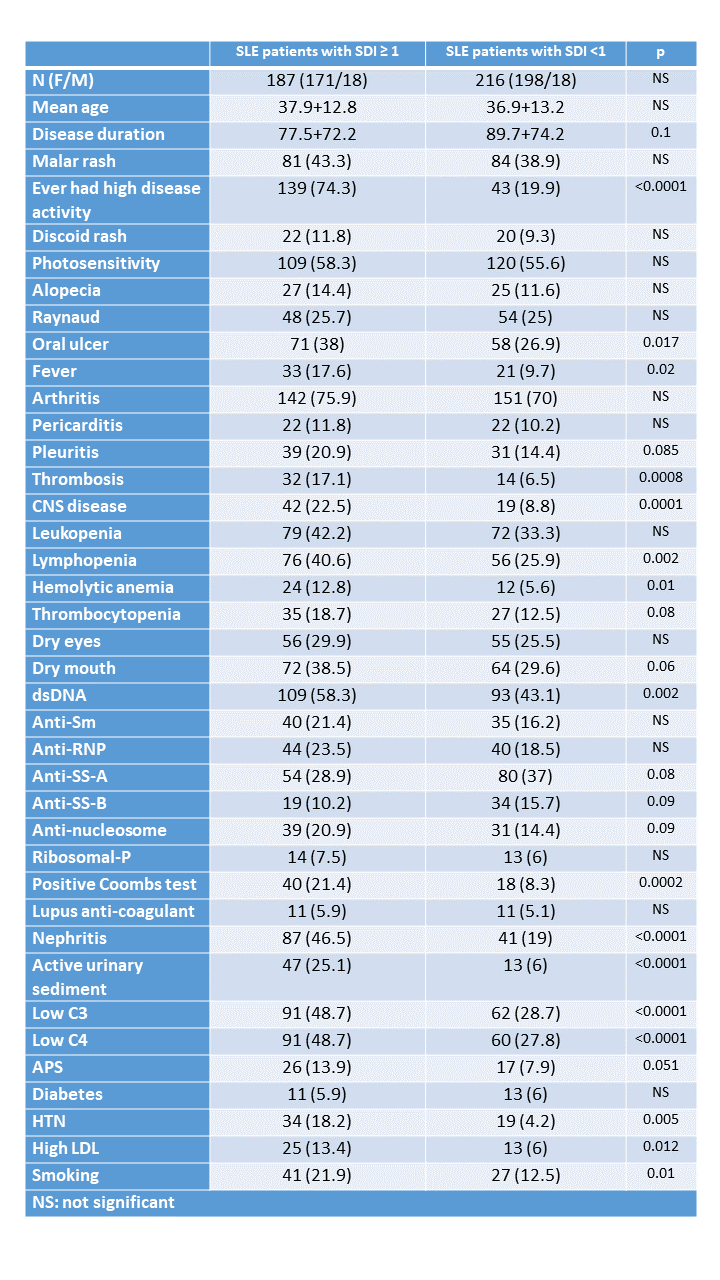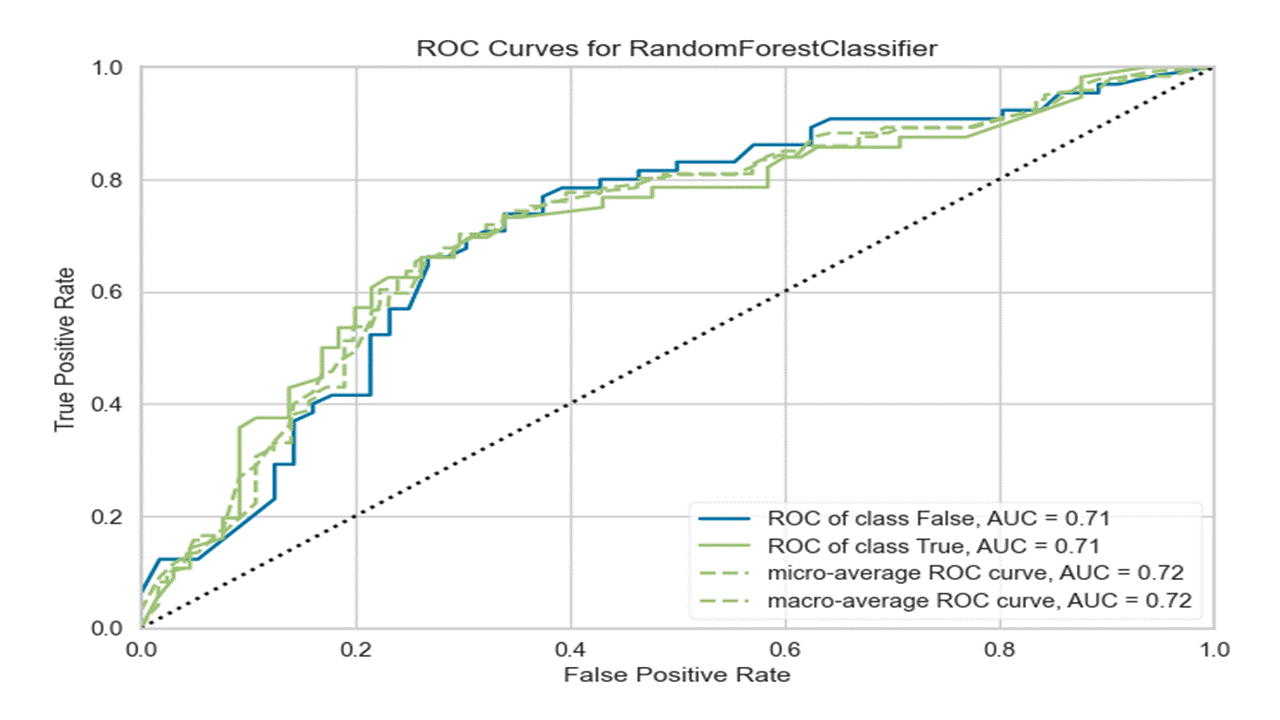Session Information
Session Type: Poster Session A
Session Time: 10:30AM-12:30PM
Background/Purpose: Systemic lupus erythematosus (SLE) is a chronic systemic inflammatory disease that can affect multiple organs and systems. While there has been an improvement in lupus-related mortality in recent decades, disease-related chronic damage remains a significant issue. In this study, we aimed to evaluate predictive parameters for damage accrual in SLE by using machine learning analysis.
Methods: This retrospective study was conducted between 2014 and 2024. All patients met the modified ACR 1997 criteria for SLE. Clinical and laboratory data were obtained from their EMR records. The presence of a parameter was recorded if the patient ever had this symptom or finding. High disease activity was defined as a SLEDAI score >12 at any time during the follow-up period. Damage was evaluated using the SLICC damage index (SDI) at the time of the patients’ last clinical visit.
Our machine learning pipeline was both comprehensive and robust. Initially, we divided the dataset, setting aside 20% as the test set to ensure an unbiased evaluation of our model’s performance. From the remaining 80%, we further isolated 20% as a validation set to fine-tune our model. The training process leveraged the remaining 64% of the data.
We started with 54 potential predictive parameters. To enhance the model’s learning process and prevent overfitting, we eliminated parameters with higher than 90% correlation with the outcome and those with low internal variability less than 10%. And removed outliers with isolation forest method. We trained a random forest classifier model with 5-fold cross validation strategy. After the initial training, we optimized the model performance by fine-tuning using scikit-optimize library.
Results: A total of 403 SLE patients were included in this study (F/M: 359/44, mean age: 37.5 ± 13 years, disease duration: 83.2 ± 73.3 months). The most frequent manifestations of SLE in this study were arthritis, oral ulcers, and nephritis. Demographic and clinical features of the patients are shown in Table 1.
At the time of the last visit, 187 out of 403 patients (46.4%) had an SDI ≥ 1. To detect the predictive effect of selected parameters, we performed a permutation feature importance analysis. Our analysis showed that having ever experienced very severe active lupus, nephrotic range proteinuria, disease duration, lymphopenia, and low C4 had the strongest positive associations with SLE-related damage (Figure 2).
To determine the success of the system, we created a confusion matrix. The matrix showed that our analysis correctly classified 85 patients (70.2%). Conversely, the analysis misclassified 36 patients (29.8%).
Conclusion: Our ML analysis demonstrated that a computational method can be developed to predict chronic disease-related damage in patients with SLE. Our model identified that having ever experienced highly active SLE, nephrotic range proteinuria, disease duration, and lymphopenia are the strongest predictive parameters for SLE-associated damage. Further studies are needed to refine and validate this method. This model has the potential to be used in clinical practice to select and modify treatment plans for SLE patients.
Figure 2B. Confusion Matrix
To cite this abstract in AMA style:
Pamuk O, Cetin H. Predictive Parameters of Disease-related Damage Accrual in Patients with Systemic Lupus Erythematosus: A Machine Learning Analysis [abstract]. Arthritis Rheumatol. 2024; 76 (suppl 9). https://acrabstracts.org/abstract/predictive-parameters-of-disease-related-damage-accrual-in-patients-with-systemic-lupus-erythematosus-a-machine-learning-analysis/. Accessed .« Back to ACR Convergence 2024
ACR Meeting Abstracts - https://acrabstracts.org/abstract/predictive-parameters-of-disease-related-damage-accrual-in-patients-with-systemic-lupus-erythematosus-a-machine-learning-analysis/



